Note: This article is scoped for B2C segment in K-12 Ed-Tech industry in India. Also, while much has been written about the topic from ed-tech companies’ perspective, in this article we have taken a consumer cut- a lot of which has been informed by BusyBeeBrands primary research among parents and students across India.

April 2020 was an epochal month for K-12 ed-tech industry in India. With the government announcing a national lockdown, schools and colleges shifted to 100% Online Mode. Even as schools across the length and breadth of India struggled to cope with this disruption (some even resorted to WhatsApp Chats and Video Calls), ed-tech players swooped onto the scene like knights in shining armor.
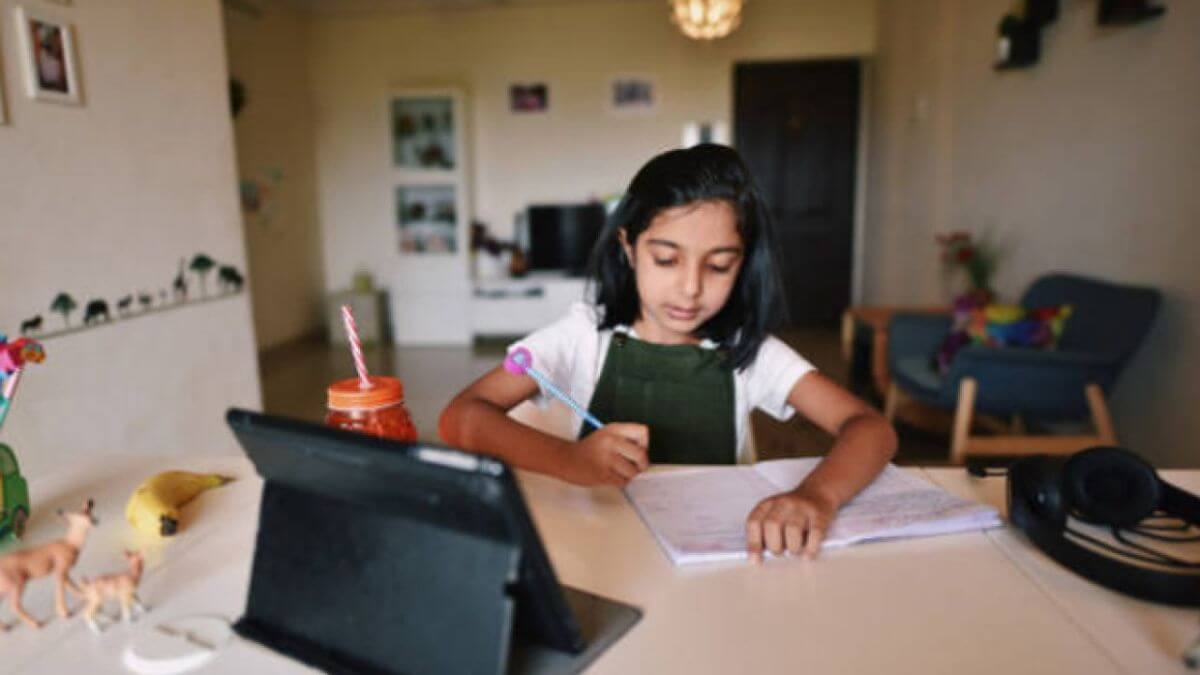
All the sub-segments of K-12 e-learning: Online Content, Live Online Tutoring, Test-Prep and even co-curricular/extra-curricular skill-development (ranging from public speaking to music and math skills to coding) saw a massive upswing. Startups in K-12 ed-tech space in India raised $5.82 billion in 2021, up from $1.87 billion in 2020. This not only created 4 new unicorns but also made K-12 ed-tech space the third most funded Indian start-up category, only behind e-commerce at $10.7 billion and fintech at $8 billion.
However, as we stand today, the picture doesn’t look so rosy. While a slowdown in economy has affected startups in general, K-12 ed-tech companies in India are among the worst hit. So far this year, more than 30% employees laid off by Indian startups belong to seven of these companies including blue-eyed boys like BYJU’S and Unacademy. A couple of them, like Lido Learning and Udayy, have shut down altogether.
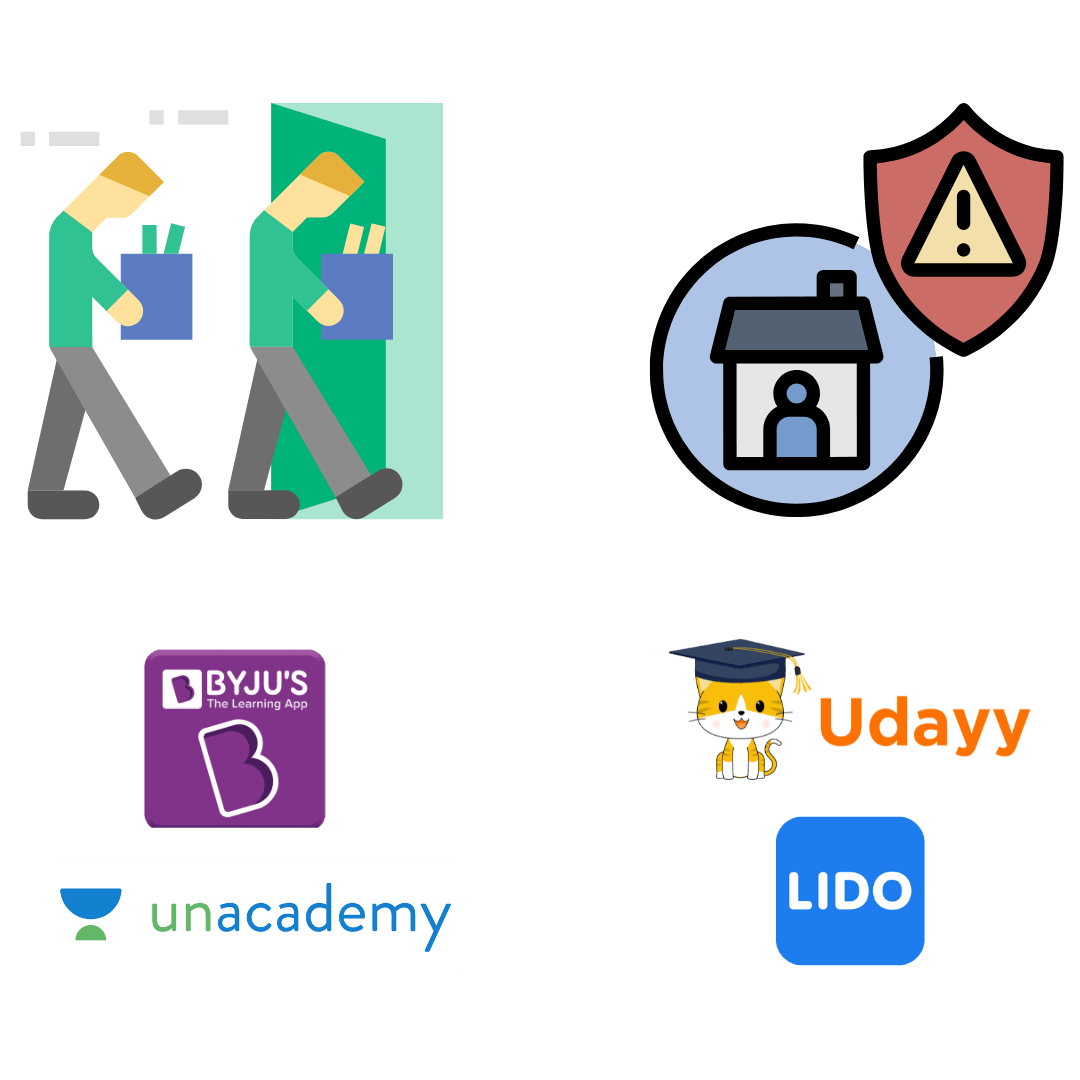
So, what went wrong?
Saumya Yadav, co-founder at Udayy summed up the challenge before K-12 ed-tech succinctly when she said: “We had enough capital in our books, but the business no longer made sense in the offline world, customer acquisition cost became very expensive…post-pandemic lot of parents started asking for refunds, and kids did not have time as schools opened up.”
However, despite the seemingly gloomy narrative, not all of K-12 ed-tech is in doldrums. In fact, there are segments where the pandemic has led to behavior change, leading to the emergence of newer business models, benefiting all stakeholders in the ecosystem.
Rather than painting entire K-12 ed-tech in India with a single stroke, a nuanced look at individual segments will help to understand the picture better:
Ed-Tech Content- heading towards mainstream adoption:
Pandemic-induced disruption has had a very positive impact here with asynchronous content consumption for textbook solutions, past year papers, concept clearing and doubt resolution becoming an ingrained habit among both students and parents esp. from high school onwards (grade 8 and above). Not only are big ed-tech players using free content as a tool for top-of-funnel traffic acquisition, even individual teachers and teaching enthusiasts from nooks and corners of the country have taken to YouTube to start their own content channels.
Content has become the lowest common denominator of K-12 ed-tech and owing to the pandemic, its influence and impact have been both deep and wide. Supplemental learning through free content is likely to have a very positive impact on learning outcomes and is a welcome change that has established a new normal in K-12 learning space.
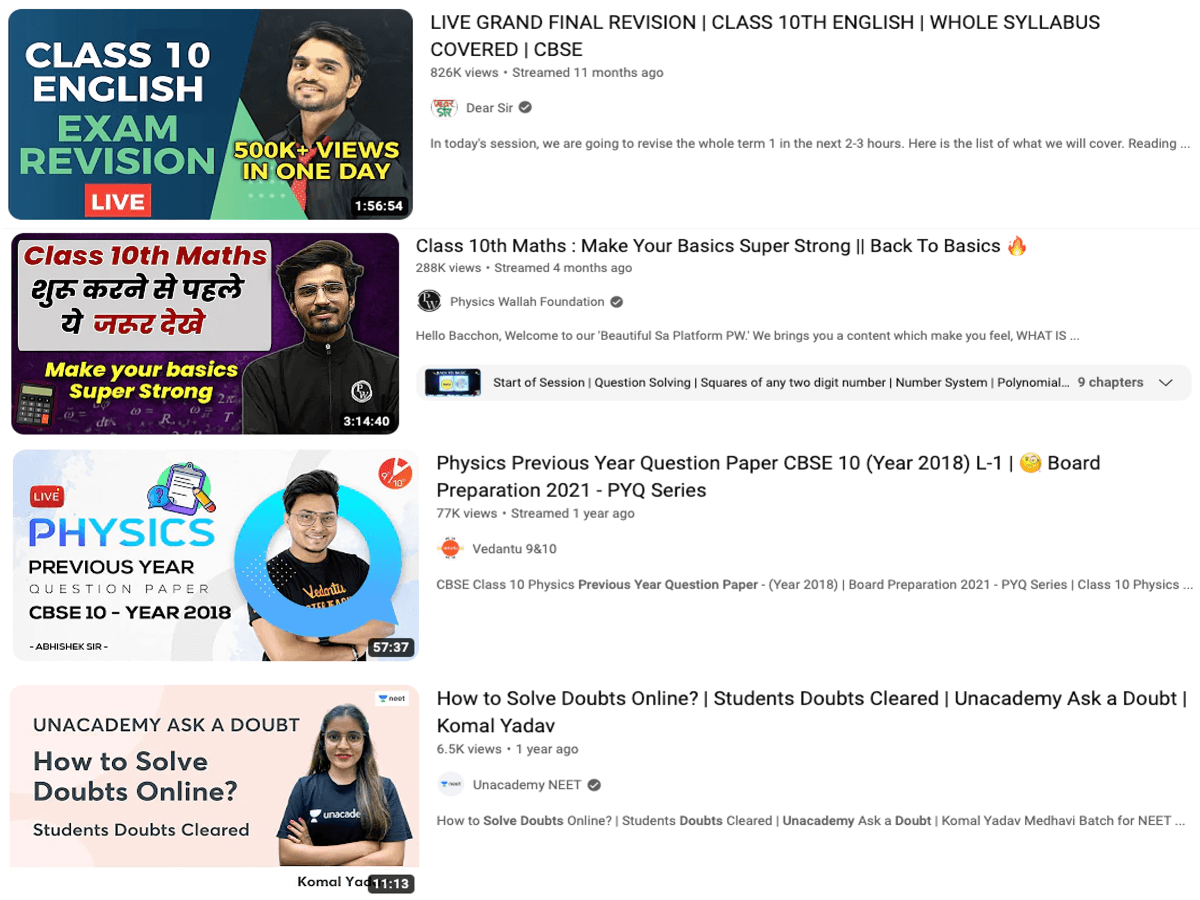
Online Test-Prep- a promising story:
While test-prep has always been a rising star in ed-tech, the pandemic acted as a ‘mass-trial’ event and accelerated its penetration and adoption. Bringing the content and methods of some of the best and most celebrated teachers of the country to students who had absolutely no access to them, online players democratised test-prep for millions.
By breaking down access barriers (both cost and reach) and bringing the additional benefit of convenience, ed-tech platforms brought a clear value-add to the table. It’s also notable that even in the offline world, the test-prep has mostly been a many-to-one affair with one-on-one attention being a rarity. So, students switching to online mode during pandemic loved the convenience along with cost and time saving brought in by the change.
Having said that, serious aspirants also look for peer interaction and collaboration, a seamless doubt resolution mechanism and high-quality teaching material- and offline scores above online on these. Hence, while online programs are seen as a good supplement for test-prep by many aspirants, they need to cover some distance to become primary and preferred test-prep mode.
Overall, while test-prep lost some of the momentum it gathered during the pandemic, it is likely to continue its growth trajectory, with “hybrid” programs holding a lot of potential. The market share of online in test-prep segment is expected to consistently grow from 2020 to 2025, with a CAGR of 16%.
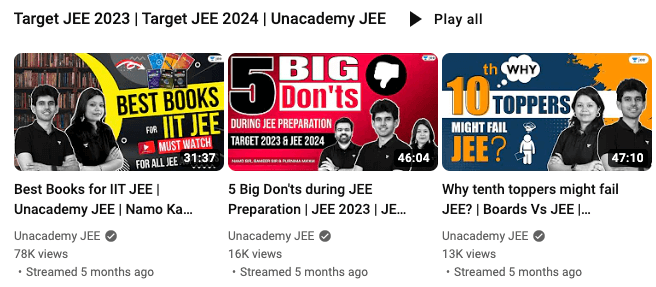
Online Co-Curricular/Extra-Curricular education- mixed bag with a promise:
Thanks to the spare time with kids, pandemic period also saw a boom in a host of co-curricular and extra-curricular focused ed-tech platforms offering courses as diverse as Communication Skills, Public Speaking Skills, Coding, Story Writing to even those offering to train kids in building and popularizing their own YouTube channel! Most of these were non-academic courses that catered to kids in lower grades- the primary target audience being kids from grade 3 to 6, going down all the way to grade 1.
In the post-pandemic world this segment has seen mixed fortunes. While in cases where parents could appreciate the progress and a tangible value-add accruing to their kid these classes have stuck, in many others as soon as offline schools opened up the parents opted out of the category itself citing the lack of time and/or a clear value-add. For most parents, the category induction was either driven by FOMO or the need to ‘engage kids stuck at home’, hence the real value proposition of these classes was hazy. So, post-pandemic as soon as kids started stepping out and engaging with their peers in the real world, parents didn’t find a great value-add in continuing with these courses.
However, there is an interesting countertrend at play here. Passionate and independent teachers holding small-batch classes whose catchment was hitherto limited to their local circle took to Online during the pandemic and many of them have continued to thrive in post-pandemic world as well. In this case, parents realized that these classes enabled their kids conveniently access a mentor who could discover and unlock their child’s talent. This created a clear value-proposition that stood the test of time.

Unfortunately, the same cannot be said of organized ed-tech players, where the experience of most parents has been mixed at best. The templated teaching approach, inconsistent quality experience and pushy sales tactics demotivated even those who were genuinely interested in the category post pandemic. Additionally, high competitive clutter and escalating CAC sounded a death knell for many startups in this space.
Online Live Tutoring- a tale of peak, ebb and plateau:
Tutoring has been an integral part of K-12 education that becomes significant from middle school (grade 6) onwards. Online tutoring got a fillip during the pandemic for several reasons.
For one, the closure of physical schools created a big lacuna in learning, given the wide variance in digital infrastructure standards across schools. Also, school teachers, accustomed to the physical world, found it tough to quickly ramp up to the new normal where the physical classrooms were absent, power equations were reversed (rather than students entering the teacher’s classroom, teachers entered students’ homes) and retaining attention required completely new skills. Camera ON doesn’t necessarily mean attention ON.
With sophisticated tech platforms, engaging content and teachers trained to teach online, the ed-tech players offered a solution. The opening up of live-online tutoring esp. for middle and high school was a bonanza for ed-tech players and fueled a lot of incremental business growth during the pandemic. Many players even offered free trial classes and this led to both good optics as well as massive customer acquisition.
However, unlike test-prep, where students are OK with many-to-one teaching and access to ‘celebrity teachers’ is a huge value-add, the consumer dynamics of K-12 tutoring segment are quite different.
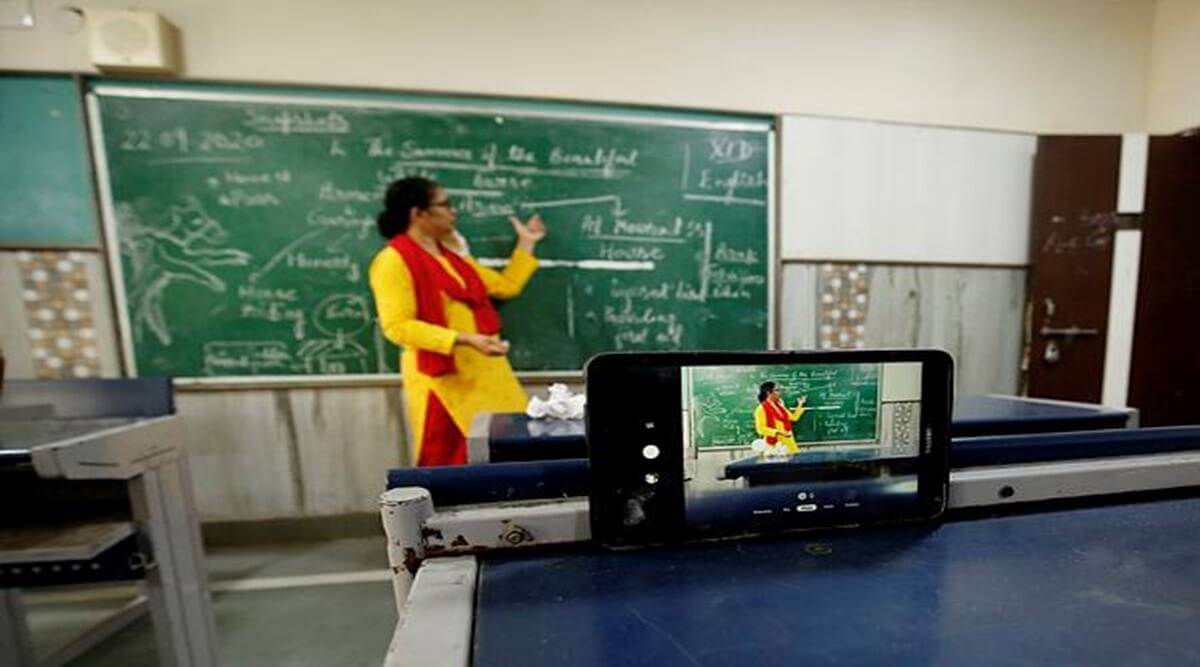
The parents, esp. those of kids in middle and high school, seek individual attention, one-on-one guidance and beyond just learning, they expect tutors and tuitions to inculcate discipline, focus and a genuine love for the subject during the formative years when the foundation of their kids’ future is being laid. Given their age, kids are a distracted lot and are highly susceptible to diversions during an online session.
Ed-tech platforms, despite their tech prowess, were unfortunately unable to meet the requirements of parents and the unique needs of students. Imperative to scale required many-to-one classes, whose experience was dissatisfactory for both parents and students. Parents were frustrated at the sight of students browsing social media and chatting in their online sessions. Also, meeting CAC imperative required long lock-ins in form of long-term packages, which in turn were seen as both costly and inflexible by parents. Aggressive sales tactics and mis-selling created bad word of mouth for the category.
At the end of the day, the easy access, economical cost and one-on-one prowess of the friendly neighborhood tutor were sorely missed during the pandemic. In many cases, these independent tutors too armed themselves with tech tools and rolled out Online / Hybrid Sessions. Once the pandemic abated, a large chunk of parents and students moved back to the status-quo of regular offline tutoring, severely impacting the large ed-tech players. No wonder, Byju’s, the poster child of ed-tech in India has also started offline tuition centres.
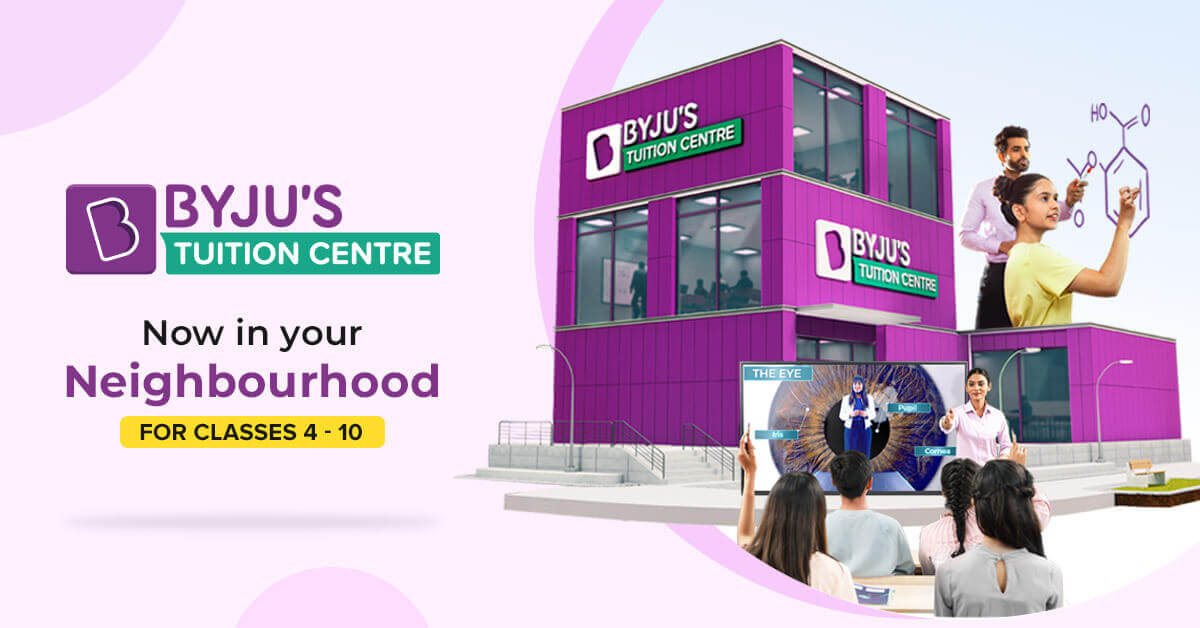
In Conclusion
The impact of the pandemic on K12 ed-tech is interesting because it’s a nuanced story.
While the pandemic has led K-12 parents and students to appreciate the value-add of online learning, ironically, it has also made them acutely aware of its limitations. Rather than Online vs. Offline debate, the solution to K-12 ed-tech problem probably lies somewhere in middle. In our opinion, hybrid models are better poised to address this gap.
Having said that, pandemic-led disruption has definitely made both parents and students more open about digital intervention in all aspects of K-12 education. In fact, in our own interactions, we have seen parents proactively search and recommend online educational content to their kids. Google and YouTube are fast becoming the default go-to resources for resolving academic queries. Independent teachers too have risen to the occasion.
The course correction in post-pandemic world is a welcome change that would hopefully force K-12 ed-tech incumbents to give a long and hard look at their business models and turn a new leaf in India’s promising K-12 ed-tech story.
